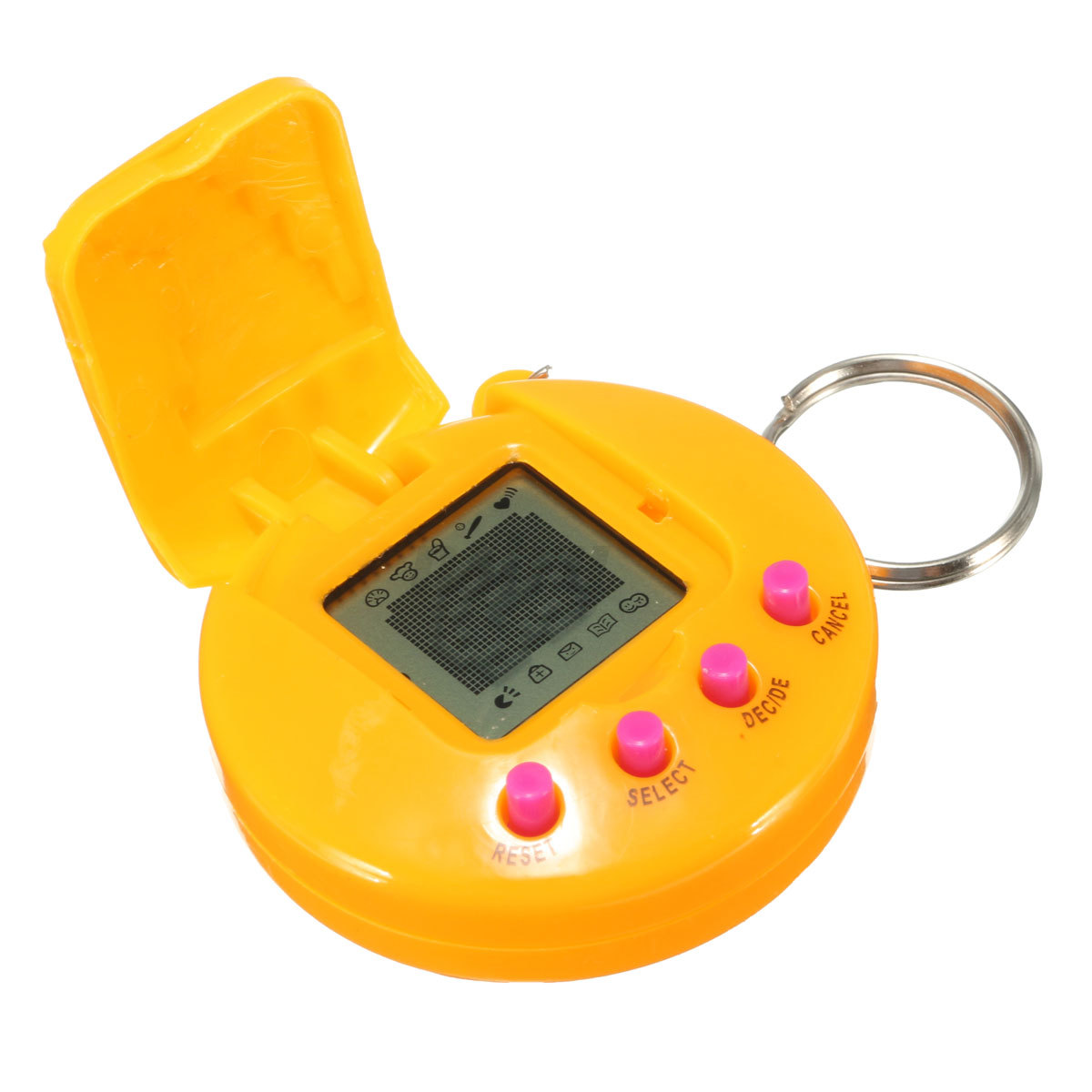Source: Thinkstock With making waves and continued advancements on the virtual reality front with, it’s clear that virtual reality is having something of a resurgence — and potentially a renaissance. But what are the odds of it really coming to fruition? These new VR headsets are not the first of their kind. VR gaming has been around for decades, but it was simply never a success. Perhaps it was just the technological limitations of the time, or a market that wasn’t ready to embrace the technology (or headaches).
Retro Virtual Machine v2.0.0 (Work in progress) We are working in a new version with emulation of the ZX Spectrum and the Amstrad CPC for MacOs / Windows and Linux and a lot of new features. Virtual machines If you can't locate the ROM of the game you want to play for your emulator, but happen to have the original game's cartridge, there is a handy device you can use to connect the. Retro Virtual Machine v1.1.0 - Feature packed ZX Spectrum emulator for Mac OS X For those of you who have followed Indie Retro News throughout the year, you have probably noticed that we mainly feature retro games and PC(Windows) based news. Video demostrating the new features in Retro Virtual Machine v1.1.0 the ZX Spectrum emulator for mac os x You can download it from: http://www.retrovirtualmachine.org. Mar 18, 2016 Video demostrating the new features in Retro Virtual Machine v1.1.0 the ZX Spectrum emulator for mac os x You can download it from: http://www.retrovirtualmachine.org.
Maybe it was just the pricetag. To understand what may be different this time around, it’s important to take a look at some of the iterations of VR in the past. Source: arcadianvr.com In the early 1990s, Virtuality Group produced a set of VR systems that included a stand-up arena type system and a vehicle cockpit type. Both used headsets with built in screens to put gamers right into the position of the characters they played in the games. Between a multiplayer first-person shoot called Dactyl Nightmare that let players run around shooting one another as a treacherous pterodactyl attacked them as well as several other games, Virtuality had a memorable presence in arcades. Unfortunately, with price tags in the tens of thousands, the VR systems were far too expensive for consumers.

That didn’t necessarily keep Virtuality from being a proponent in the early push for VR technologies, but it did keep from becoming mainstream enough to make VR the next revolution in technology. Source: vio.com Apple wasn’t the first one with “i” products, and Virtuality Group wasn’t the only one working on VR projects in the 1990s. Virtual I/O put together a headset capable of stereoscopic 3D with color and head tracking — the visuals turned when players turned their heads — and for a price tag under $1000.
Though the iGlasses were thoroughly capable of offering a VR experience to customers, they never became huge. As the story has often seemed to go with VR, nothing has ever truly ignited the market for it. At least Virtual I/O had a good idea with the name of its device. A quick search for iGlasses will result in many different devices showing up, not all of them the ’90s VR headset.
 Bringing Guild Wars 2 to the Mac is huge for us. And understand that your overall experience will be better when we release the final version. Even though it’s a beta, the Mac client does connect to the same live environment that the PC client connects to. Guild Wars, Guild Wars 2, Heart of Thorns, Guild Wars 2: Path of Fire, ArenaNet.
Bringing Guild Wars 2 to the Mac is huge for us. And understand that your overall experience will be better when we release the final version. Even though it’s a beta, the Mac client does connect to the same live environment that the PC client connects to. Guild Wars, Guild Wars 2, Heart of Thorns, Guild Wars 2: Path of Fire, ArenaNet.
Nintendo Virtual Boy. Source: Evan-Amos Many might remember the short-lived Virtual Boy of the mid ’90s. Nintendo released the machine and it could be found in Blockbuster video stores for kids to try while their parents looked for movies. Despite being backed by one of the biggest game companies of the day, it did not succeed. The virtual boy wasn’t very colorful, and though it had stereoscopic 3D, it also lacked high quality graphics.
It was cheaper than many of the other VR options of the time, but it didn’t do a lot of what made VR impressive — there was no head or hand tracking, so it was more of a 3D viewing system rigged out to look like VR. In the end, it wasn’t the spark VR needed, nor was it the one Nintendo needed. Stuntmaster and Cybermaxx One of the more impressive VR headsets to come out was the Cybermaxx by Victormaxx. It was preceded by the Stuntmaster, which was more or less an LCD screen embedded in a visor that included an odd system for head tracking that used a pole coming up from a user’s shoulder. The Cybermaxx upped the ante with solid head tracking, colorful stereoscopic 3D, and a pricetag below $1000. Despite support for a number of games on both console and PC, this system also failed to become a huge success.